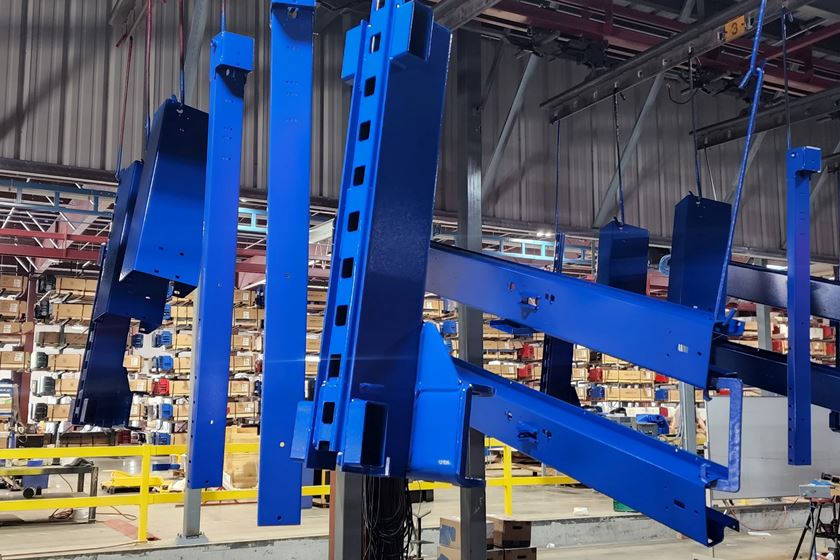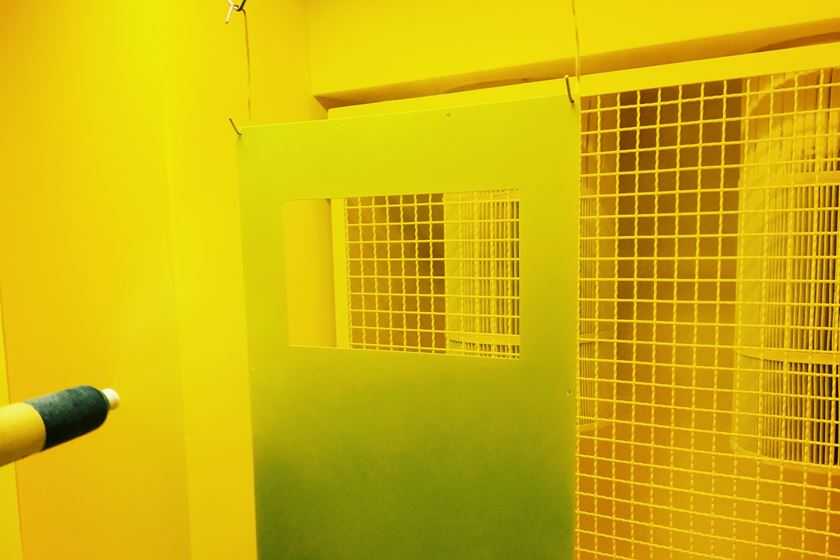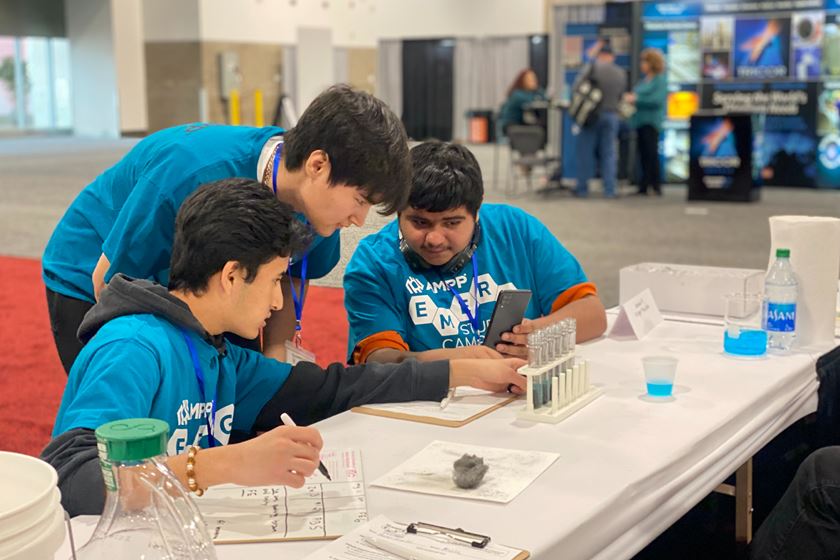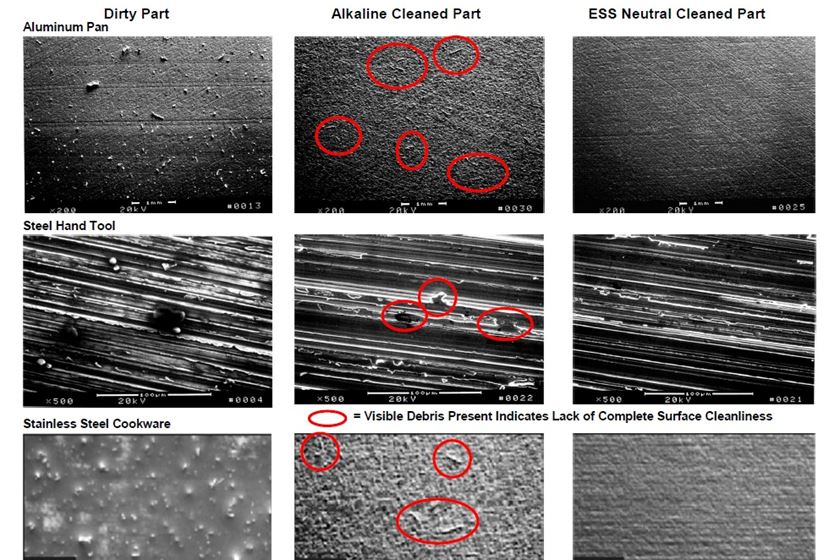Published
Bronze Plating without Cyanide
I used an article I found on PFonline.com “Cyanide-Free Electroplating of Cu-Sn Alloys” to learn about the composition of the solution. I am currently using a solution based on pyrophosphate, but the problem is that I don’t have much control of it, and I am unable to determine how long I should plate.
Consultant
Q. I am a technician in chemical engineering working in research and development. I need to plate bronze (with 95 percent tin and 5 percent copper) but without cyanide. I used an article I found on PFonline.com “Cyanide-Free Electroplating of Cu-Sn Alloys” to learn about the composition of the solution. I am currently using a solution based on pyrophosphate, but the problem is that I don’t have much control of it, and I am unable to determine how long I should plate. A bigger problem is the solution life span—only one day. Other problems include spotted deposits and repeatability. I don’t know if the problem comes from my stabilizer choice (hydroquinone) or my organic additive (gluconic acid). Should I change to a methane sulfonic acid solution? I use a steel anode and a temperature of 27°C —M.C.
A. I am pleased to see that you found the article on PFOnline. It’s an excellent review of the work that has been done in this area. The next step is to attain some of the articles referenced in this particular paper. A number of the papers can be found on the Internet, but there are fees for complete copies. I strongly recommend that you obtain copies of these papers so you have a better idea of how the various non-cyanide plating baths are formulated and operated. I should point out that most copper alloy non-cyanide plating baths have not seen much success in the commercial world. They tend to be more difficult to control, and because of the components, more expensive than the classic cyanide bath.
My father actually did some experimental work with some of these formulations many years ago. All that I can remember, aside from cleaning up the equipment, was that the results were erratic at best and consequently the experiments were dropped.
RELATED CONTENT
-
Zinc Electroplating
Choosing the best process for your operation.
-
Sizing Heating and Cooling Coils
Why is it important for you to know this?
-
Nickel Electroplating
Applications, plating solutions, brighteners, good operating practices and troubleshooting.
















